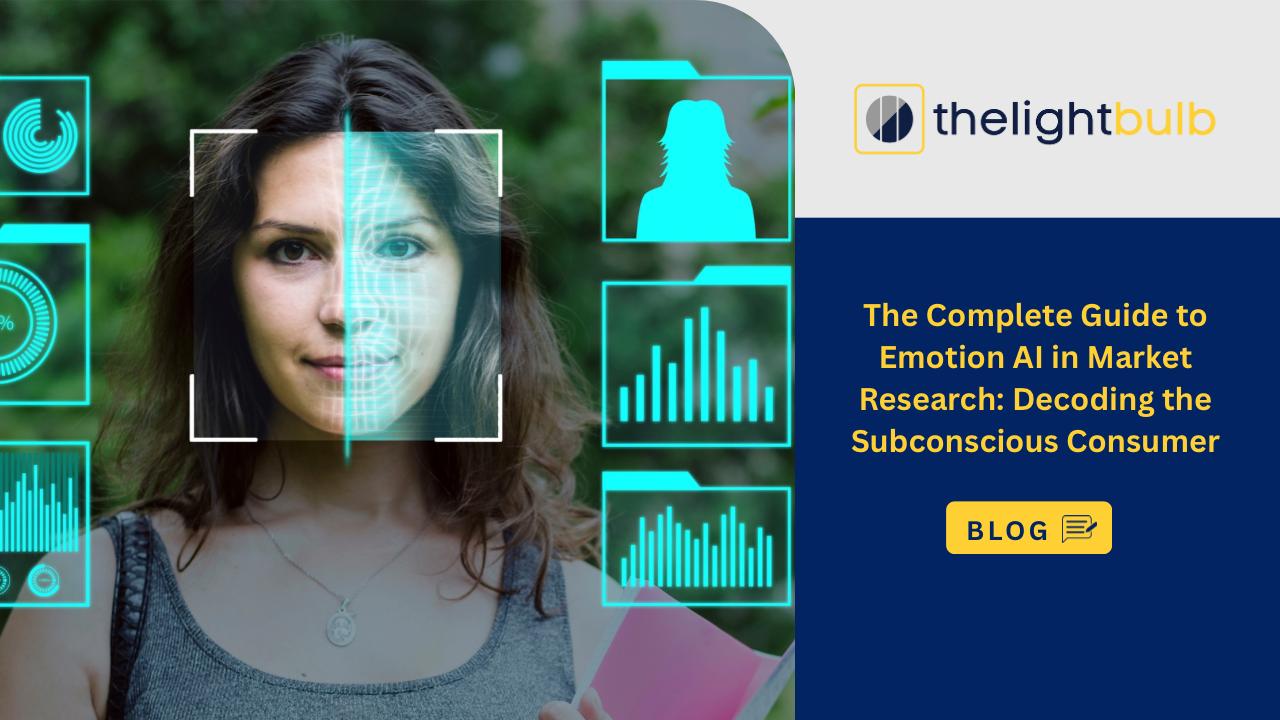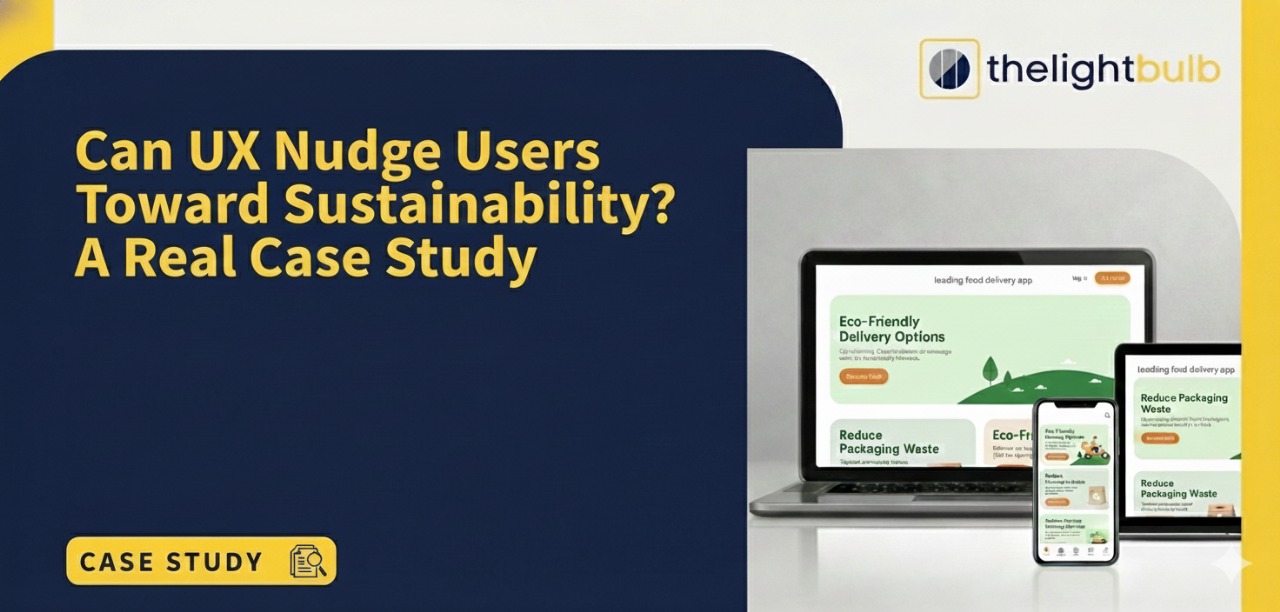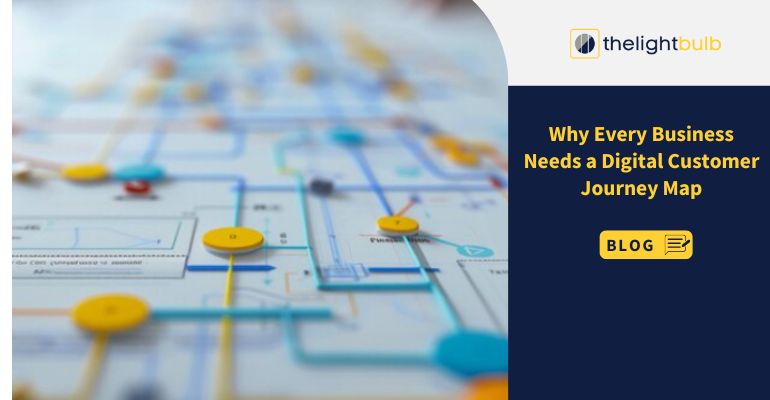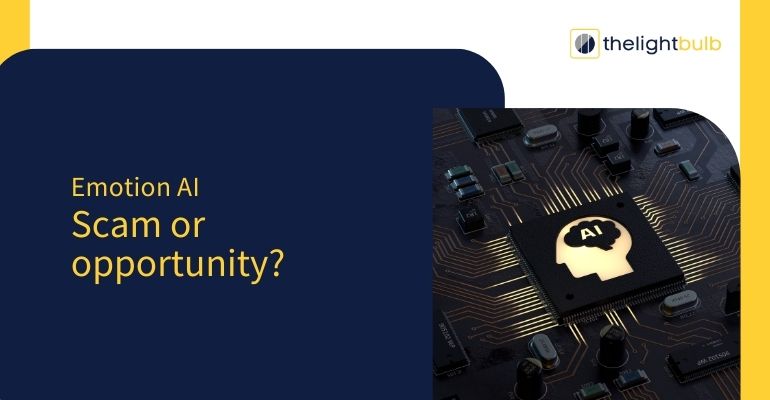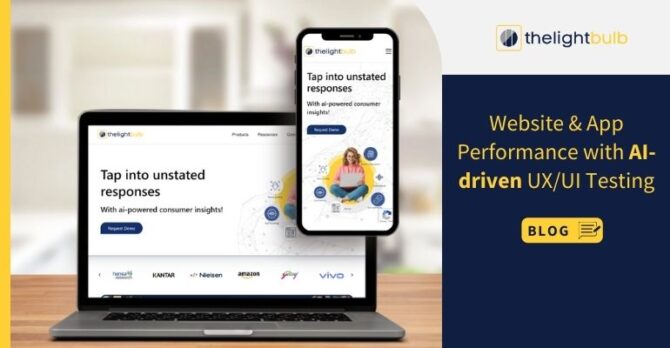
In the era of digital transformation, UX and UI should be one of the driving forces of websites and mobile apps that is why the aim is to optimize the performance, user’s interaction, and navigation between the web pages. Due to their value, virtual UI/UX methods are not without streamlines and are powerless in challenging modern digital experiences. This is where intelligent UX/UI testing conducted by AI can be of great assistance to businesses if they wish to differentiate themselves from competitors by implementing the most optimal and powerful design. In this blog post, the article will talk about AI-driven UX/UI testing influence which can in turn dramatically impact websites and applications experiences.
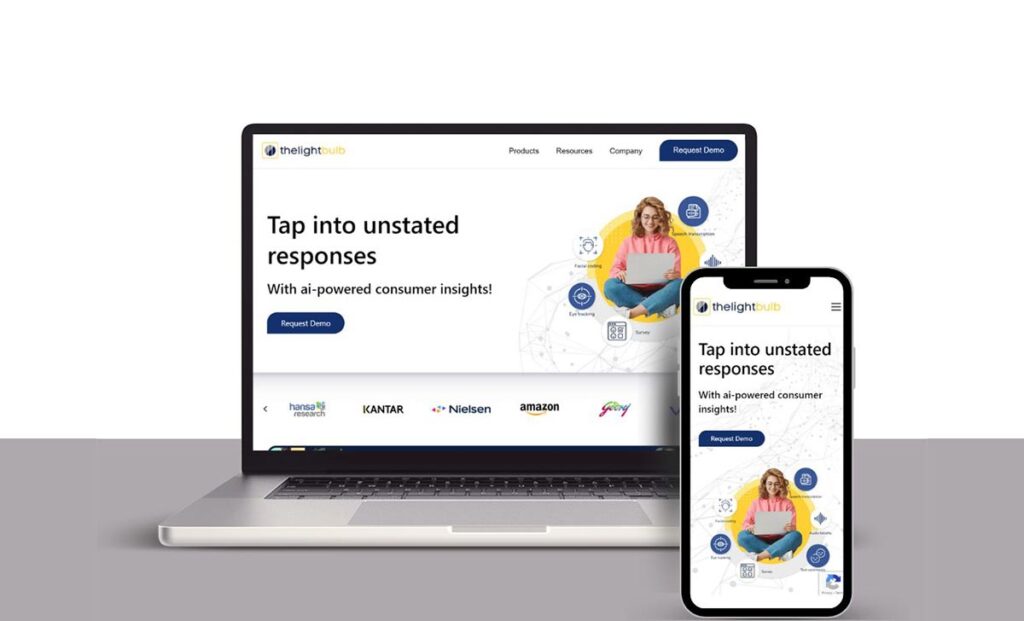
- Understanding AI-driven UX/UI Testing
- The Benefits of AI-driven UX/UI Testing
- 1. Efficiency and Scalability
- 2. Comprehensive Coverage
- 3. Accuracy and Consistency
- 4. Rapid Feedback and Iteration
- 5. Predictive Analytics and Optimization
- 6. Accessibility testing and graspability checks
- 7. Personalization and the Customization of the Usage
- 8. Prognostics and Optimization for reliability and efficiency.
- Implementing AI-driven UX/UI Testing
- Define Testing Objectives:
- Select AI-driven Testing Tools:
- Collect and Prepare Data:
- Design Test Scenarios:
- Execute Tests and Analyze Results:
- Iterate and Optimise:
- The Benefits of AI-driven UX/UI Testing
Understanding AI-driven UX/UI Testing
AI-powered user experience (UX) and user interface (UI) testing employs AI-ML technologies to analyse and assess the quality of user experience and interface of digital products. Differing from manual methods whereby the tester either, after having been given or having found a problem, will point it out and give feedback, this way UI /UX testing can be done automatically by AI, this process can be accelerated and become both more comprehensive and precise. Through the process of artificial intelligence driven testing, which includes analysis of user interaction, detection of usability issues and providing actionable feedback, the process empowers companies to improve the digital experience for users and at the same time boost the level of engagement and satisfaction of users.
AI-based usability testing provides dramatic improvements to the process of the development of the UI and the UX.
The Benefits of AI-driven UX/UI Testing
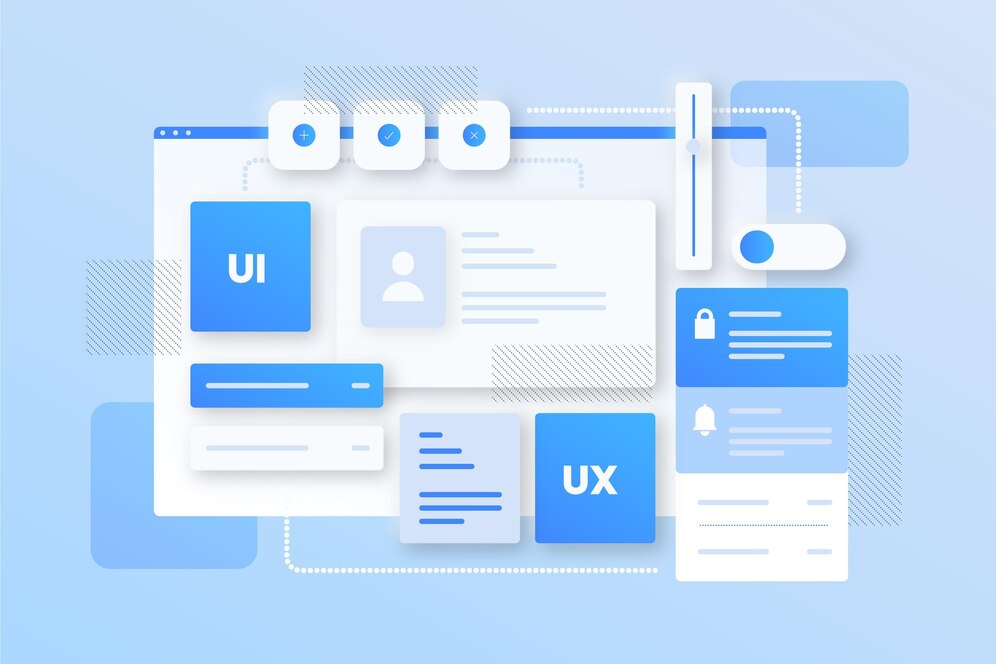
1. Efficiency and Scalability
AI-powered UX/UI testing makes it possible to automate what would otherwise be manual test cases thus saving on time and resources. The application of traditional testing techniques to projects with large-scale, usually takes time and resources as well to implement, especially for complex digital products. With AI-driven testing technologies that automate major parts of the testing process, businesses are then able to repeat the testing multiple times with diverse devices, user journeys and scenarios in mind. Such a scalability allows a business to accurately determine the possible problems in advance and to solve them much faster at the beginning of delivery which can make a product life-cycle short and of high quality.ensuring that they meet the evolving needs and expectations of users.
2. Comprehensive Coverage
AI-powered UX/UI testing that is accurately imitates real-life user behavior for the digital products like websites, web applications, mobile apps, and others. With AI in the picture, manual testing tends to skip over certain bends and unlikely scenarios while AI-driven testing evaluates every relationship between a user and the application through navigation, interaction, accessibility, and performance. Through processing of massive data with user simulations AI-powered testing discover the problem spots and strengths whereby manual testing may have neglected.
3. Accuracy and Consistency
AI-based UX/UI automated testing delivers unprecedented precision providing highly accurate digital product evaluation. Testing carried out by human testers might have in-build biases or inconsistency owing to which there could arise an uneven outcome. On the contrary, user experiences and interface of AI-based testing are evaluated objectively and objectively by the predefined rules, algorithms and guidelines, but in human-driven testing, the user experiences and interface are evaluated arbitrarily by human judgments. Through the unified data, companies can take informed decisions based upon the reliable and coherent data which results in better humans interface and user experience optimisation and improvements.
4. Rapid Feedback and Iteration
The feedback and iteration are what empower startups to test, correct, and act swiftly on customer and market changes. Hence, in this era of fast-paced dynamics, startup culture thrives by digesting information obtained from others and turning it into actionable knowledge.
Enabled AI-driven UX/UI testing catches businesses on the in-time results of digital performance, so they can make edits, and make improvements continually. Regular testing methods are mostly time-consuming (feedback comes with long cycles), human testers perform application testing and provision the feedback to developers. AI-inclusive Ull/UUX testing speeds up this process with a hint of AI to automatically discover problematic spots and offer recommendations immediately. Such a short feedback loop enables companies to focus on what was the source of the problem(s) quickly, refine their designs, and in general implement changes faster, though not forgetting to react to customers’ needs earlier.
5. Predictive Analytics and Optimization
Predictive analysis and optimization system use large amount of research data in a bid to make evidence-based decision.
AI enhanced UX/UI testing not just approach the resolution of problems of exiting issue but determine the human behaviour for future and innovate the digital navigation experience. Through extraction of user behaviour and responses, this infused testing, powered by AI, can forecast potential usability problems that will occur or where manual testing is needed in advance. This root predictive analytics ability allows businesses to always ensure that they offer their customers superior quality of their digital offerings by being proactive.ensuring that they meet the evolving needs and expectations of users.
6. Accessibility testing and graspability checks
AI-driven digital product UX/UI testing can be an indispensable assistant. It ensures that the representatives of vulnerable groups of population can use digital products, products meet ADA standards and complies with other law requirements. Many companies are now using AI-based tools to detect and solve problems of accessibility of their websites and software. Besides text recognition(for pictures), it is possible to point out poor color contrast, barriers for navigation using keyboard and so on. Through the recognition of accessibility issues during the early phases of the development process, a business can be proactive to solve these issues without interruption, enhancing their digital products to be experienced by all users, disregarding their kind of disabilties.
7. Personalization and the Customization of the Usage
AI powered UX/UI based testing will let businesses personalize and individualize their users’ digital experience forever by taking into consideration each person’s preferences and behavior. Through examination of user data and interaction patterns, AI-based algorithms may find assistance in providing customization, e.g., suggesting reference texts, products or features to the user depending on past and current interests and behaviour. Through user-centered design, businesses can really build up user attention, happiness, and retention, as the customer will more than likely acquire more significant interactions, that are more relevant and meaningful as they will touch upon the user’s necessities.
8. Prognostics and Optimization for reliability and efficiency.
Besides acting as an evaluation instrument for usability bugs and UX/UI areas of growth, AI-enabled testing can help businesses in the prediction and prevention of the performance issues that may constitute an issue in the future. Through the process of analyzing data coming from user interactions, system performance, and environmental variables, it is possible to reveal anomalies and patterns that indicate a likely problem, such as slow loading, errors, and freezing of the system. As such, the predictive mode enables businesses to proactively fix performance bottlenecks and resources allocation for the best system performance, as well as make sure timely and uninterrupted services for users and, therefore, reduce times of downtime and maximise the level of user satisfaction.
Implementing AI-driven UX/UI Testing
Adopting a coherent AI directed UX/UI testing strategy in addition to the needed equipments and tools is always essential for good results. Here are some key steps to consider:
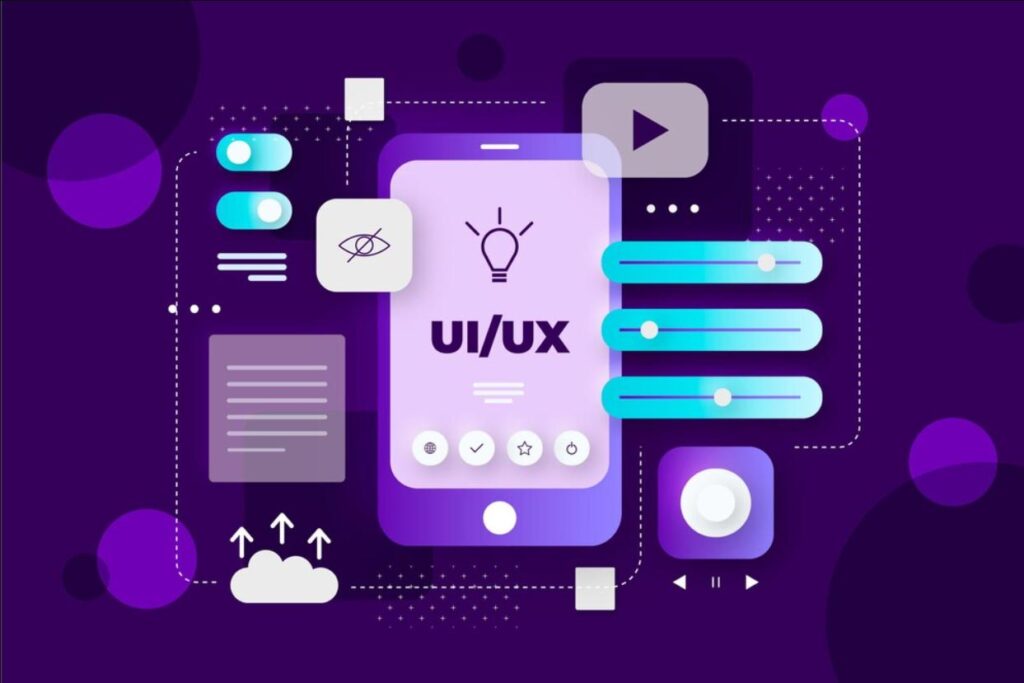
Define Testing Objectives:
Make explicit the objectives for your UI/UX testing, with focused attention on particular user experience and interface sample aspects that you wish to cover.
Select AI-driven Testing Tools:
Compare and select competent AI-based UI/UX testing tools and platforms that are in accord with the purpose of the testing and technical needs. Look for systems that have powerful features such as automation tools, analysis and reporting for more efficient work.
Collect and Prepare Data:
Tap into valuable data sources such as user feedback, analytics, and usage metrics to mold your plan for testing ahead. Do the data cleaning and if necessary preprocessing are to make the data good and relevant.
Design Test Scenarios:
Conduct in a way that there will be situation what can possibly happen in a real world. We should determine parameters and the metrics that will help us assess the user experience and interface.
Execute Tests and Analyze Results:
Perform the tests through AI-enabled testing instruments and tools; research the outcomes to identify usability problems, performance downtimes, and a chance for improvement.
Iterate and Optimise:
Leverage the information collected from testing to make necessary tweaks and improvements, to revise the design, and further to augment the user interface experience continuously.
Conclusion
AI-driven UX/UI testing presents organizations with a tool that is not only powerful but also crucially effective for anything from assessment of product performance to enhancement of the interface design. Machine learning and artificial intelligence (AI) have been used as testing tools that enable businesses to achieve high efficiency, scalability, accuracy, and consistency in testing, as well as increase user experience, user engagement, and user satisfaction. Leveraging the AI-based tests methods and also investing in the right components are needed for staying ahead of the competition and producing within the existing market’s growing needs, and users’ expectations of a product.
